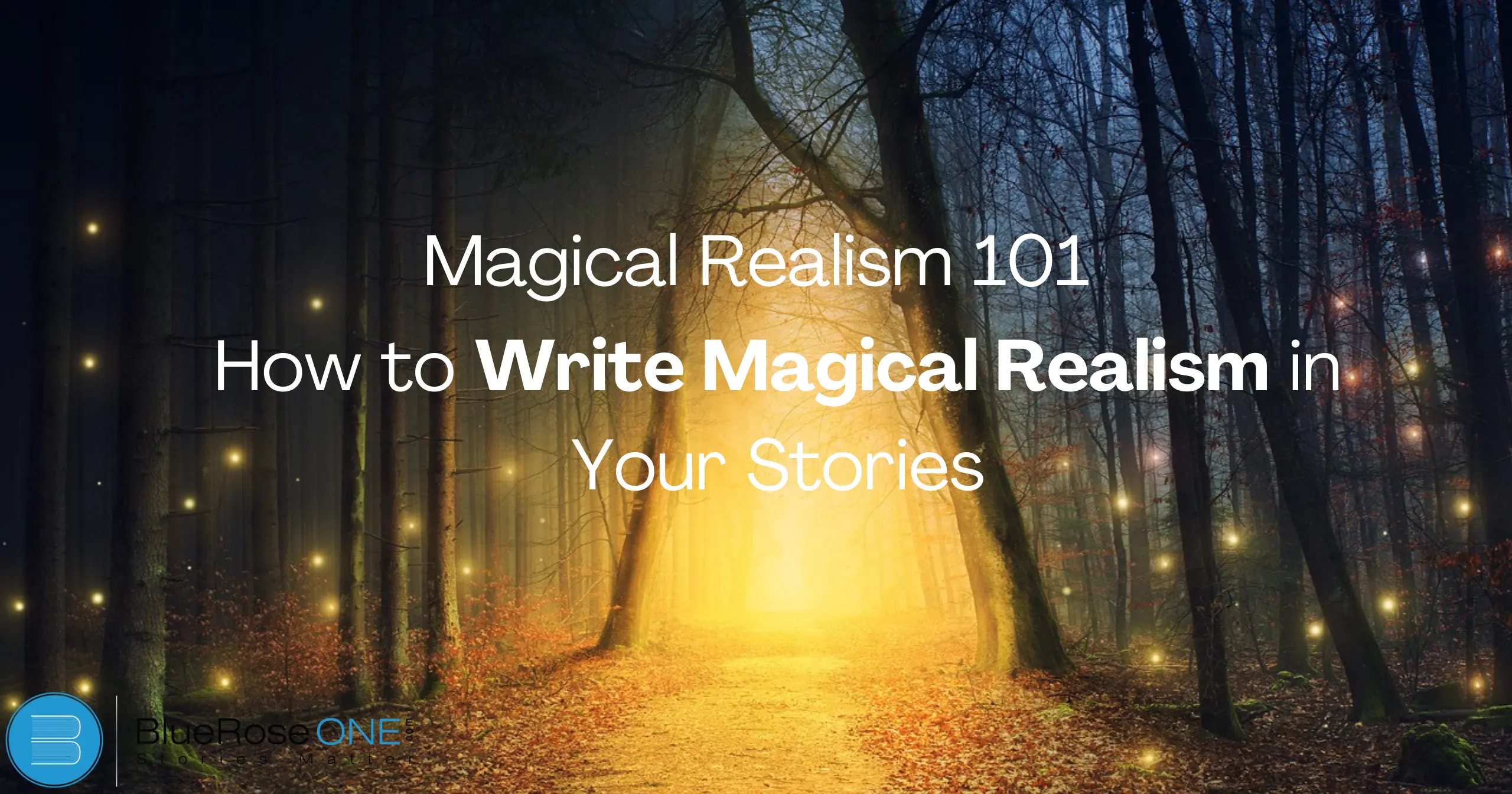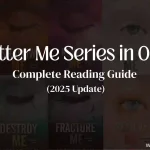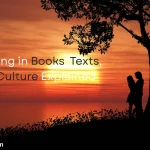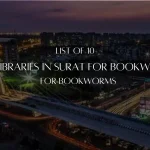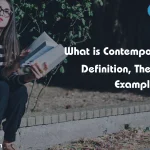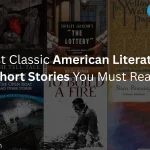A literary subgenre known as magical realism skillfully combines the fantastical and the commonplace. It transports readers to a place where the fanciful is acknowledged as factual. With its distinct storytelling style, this genre—which is rich in cultural and historical significance—has the ability to change stories and enthrall audiences.
History and Origins
Magical realism finds its roots in Latin American literature, emerging as a response to the political and social upheavals of the early 20th century.
Writers like Gabriel Garcia Marquez, Isabel Allende, and Jorge Luis Borges pioneered this genre, using it as a means to explore and comment on the complex realities of their societies. Their works are filled with vibrant, magical elements that reflect cultural traditions and historical contexts.
Core Characteristics of Magical Realism
Blending of the Real and the Magical
The real and the magical are skillfully combined in magical realism to create a world where the extraordinary and the commonplace coexist. In this genre, paranormal activities are portrayed as commonplace occurrences that are taken for granted by both readers and characters.
For instance, in a setting that otherwise reflects ordinary reality, a character may have conversations with ghosts or travel through time.
By fusing the magical and the real, writers are able to delve into intricate ideas and nuanced feelings, which enhances the story and draws readers in in a fresh way. It is imperative that writers who want to become experts in magical realism embrace this strategy.
Ordinary Settings
Ordinary locations that the reader recognises and believes in are a common aspect of magical realism. These commonplace settings, such as a modest house or a tiny town, help to anchor the narrative in reality.
Because of this familiarity, the supernatural components mix in with the everyday, making them more striking and real. Writers can create a unique and engrossing experience for readers by properly contrasting the remarkable qualities of magical realism with regular situations.
The Mundane and the Extraordinary
Magical realism blends the mundane and the extraordinary seamlessly. In this genre, magical elements are presented as a natural part of the everyday world, making the surreal seem real.
Characters accept the fantastical without question, and the story unfolds in a realistic setting where magic is an ordinary occurrence. This unique mix of the real and the magical creates a captivating and immersive reading experience, central to the charm of magical realism.
Authorial Reticence
A crucial component of magical realism is authorial reticence, in which the author introduces strange elements devoid of context or logic. This method gives the supernatural elements a realistic and recognised place inside the world of the novel.
The author invites readers to accept the supernatural events as commonplace by steering clear of detailed descriptions. This method strengthens magical realism’s distinctive fusion of the commonplace and the exceptional.
Hybridity
In magical realism, hybridity refers to the blending of the real and the magical, creating a seamless mix where extraordinary events coexist with everyday life.
This characteristic allows authors to craft stories that feel both familiar and fantastical. Hybridity enhances the narrative by incorporating supernatural elements in a believable way, making the magical aspects an integral part of the characters’ reality without needing elaborate explanations.
You may also read: Third Person Point of View vs. First Person: Which is Right for Your Story?
Famous Examples of Magical Realism
“One Hundred Years of Solitude” by Gabriel Garcia Marquez
This iconic novel tells the multi-generational story of the Buendía family in the fictional town of Macondo, blending historical reality with magical occurrences.
“Like Water for Chocolate” by Laura Esquivel
Set in Mexico, this novel intertwines romance, food, and magic, portraying emotions and events through the lens of culinary traditions.
“The House of the Spirits” by Isabel Allende
A saga spanning several generations, this novel combines historical and political realities with elements of the supernatural and mystical.
The Role of Culture and Tradition
Tradition and culture are very important in magical realism. They offer a rich background against which the commonplace and the remarkable coexist together.
Stories are given depth and authenticity by frequently referencing myths, folklore, and historical occurrences that are peculiar to a given society. Writers can enhance readers’ experiences with magical realism by effectively crafting a plausible universe in which magic is an inherent part of daily life through the incorporation of cultural components.
You may also read: How to Start a Novel: A Step By Step Guide
Crafting Your Own Magical Realism Story
Finding the Balance between Reality and Fantasy
Finding the balance between reality and fantasy is essential in magical realism. The key is to blend everyday settings with subtle magical elements, making the fantastical seem ordinary.
Characters should react to magical events as if they are part of their normal world. This seamless integration allows readers to accept the extraordinary within the mundane, creating a unique and immersive experience that defines magical realism.
Building a Convincing World
In magical realism, a convincing world must be created by skillfully fusing the commonplace with the extraordinary. Begin with a setting that is well-known to the readers so that you may gradually integrate supernatural elements that blend in with everyday life.
The supernatural elements are convincing and captivating because of this harmony. Pay attention to the characters’ acceptance of magic as a normal part of life and the sensory details they use. This method aids in telling a magical realism tale that is both engrossing and immersive.
Developing Believable Characters
In magical realism literature, developing believable characters is essential to keeping readers interested. Characters in magical realism frequently live in a world where the fantastical and the real-world coexist together.
In order to make your characters believable, concentrate on giving them both commonplace characteristics and unique experiences.
Readers may embrace the mystical aspects of the novel while also being able to relate to them on a personal level thanks to this juxtaposition. You may write a story that is both enthralling and incredibly real by giving people reasons and feelings that the reader can relate to.
Weaving in Magical Elements
Including magical aspects in your own magical realism fiction is essential to developing an engaging plot. Magical realism is the art of fusing the amazing with the real, bringing magical qualities into regular situations and happenings.
These components help to obfuscate the distinction between fact and fiction, giving your narrative more nuance and interest. Encouraging magical aspects, such as a talking animal in a busy city or a mysterious object buried in a suburban home, should be realistically infused to add to the overall enchantment of your story.
You may also like: How to Become an Author in 2024: An Essential Guide for Beginners /
Tips for Writing Magical Realism
Use Symbolism and Metaphors
In magical realism, the use of metaphors and symbolism is essential to improving your narrative. These literary methods let you give commonplace items or events profound, metaphorical meanings that go beyond literal interpretations.
For example, in your story, a simple downpour could stand in for spiritual rejuvenation or emotional purification. You can give your stories layers of meaning that readers can relate to by carefully using symbolism and metaphors, which will make the magical aspects seem like a natural part of everyday existence.
Focus on Sensory Details
Concentrating on sensory details when writing magical realism strengthens the magical aspects of your narrative. Creating detailed descriptions of sights, sounds, tastes, smells, and textures can take readers to a place where the magical and the everyday coexist peacefully.
For example, you can add the enchanting aura of magical realism to your narrative by describing the shimmering glow of an ordinary object or the ethereal scent of flowers blooming out of season. This will make your story immersive and compelling for readers who are interested in reading about “magical realism.”
Maintain a Matter-of-Fact Tone
Maintaining a matter-of-fact tone is essential while creating magical realism in order to anchor otherworldly aspects in the actual world. This literary style emphasizes realistic aspects with the supernatural, blending mystical elements effortlessly into day-to-day life.
Writing about supernatural events in a matter-of-fact manner gives readers a sense of plausibility and curiosity. This method adds layers of significance and creativity to stories by crafting captivating narratives that feel both familiar and unique. Creating captivating magical realism stories that engage and resonate with audiences requires mastering this equilibrium.
Draw Inspiration from Real Life
Using real-world experiences as inspiration when writing magical realism can give your stories more depth and authenticity. Ordinary places and people are given magical touches in magical realism, obfuscating the distinction between imagination and reality.
For example, Gabriel Garcia Marquez’s “One Hundred Years of Solitude” shows how commonplace events can take on amazing proportions by skillfully fusing magical elements within a factual portrayal of Colombian history.
Writers can define the essence of magical realism by observing and infusing the extraordinary into the ordinary to produce engrossing stories that readers will find compelling.
You may also read: What is an Anti-Villain? Definition, Tips, and Examples
Magical Realism in Different Mediums
Literature
Magical components coexist peacefully with the material world in magical realism literature, evoking awe and mystery. Though it began in Latin American literature, it has subsequently spread around the world.
By exploring regular life with a hint of magic, writers employ magical realism to make readers wonder what is imagined and what is real.
This genre frequently combines everyday people in magical circumstances, drawing a blurry barrier between the real and the imagined to arouse strong feelings and cause viewers to consider the nature of reality.
Film
Imaginary components are incorporated into real-world environments in films using magical realism, which evokes awe and mystery. Unlike traditional fantasy films, which frequently have magic as the main focus and deal with it overtly, magical realism gently weaves magical events into everyday life.
Using symbolic and metaphorical techniques, this method enables filmmakers to explore deep ideas and emotions, giving stories additional layers of meaning and creativity. The films “Pan’s Labyrinth” and “Amélie” are two examples of how magical realism may arouse fascination while firmly establishing narrative in relatable human experiences.
Visual Arts
Magical realism in the visual arts creates bizarre and entrancing pictures by fusing fanciful elements with realistic locations and ideas. Using this technique, artists ask viewers to consider the boundaries between imagination and reality by incorporating magical or dreamy elements into daily scenes.
When common objects are expertly detailed and contrasted with extraordinary happenings or beings, magical realism in art encourages viewers to delve deeper than the immediate impression.
This genre is fascinating for conveying intricate stories through visual media since it pushes the boundaries of perception and storytelling.
You may also like: Book Cover Sizes: What are the Right Dimensions for Your Book?
The Impact of Magical Realism on Readers
Evoking Wonder and Curiosity
Among literary genres, magical realism has a special ability to make readers feel amazed and curious. This genre creates a universe where fantastical aspects live with regular life by skillfully fusing the magical with the mundane.
Imaginative stories and otherworldly happenings abound in magical realism, prompting readers to consider alternative viewpoints and the limits of reality. You may enthrall your audience and take them to a place where the possibilities are endless when you incorporate magical realism into your stories.
Providing New Perspectives on Reality
Readers are given a fresh perspective on reality through magical realism, which skillfully combines the supernatural with the everyday. By incorporating mystical elements into commonplace situations, it enhances storytelling and challenges readers to reevaluate what is feasible in their own lives.
This genre challenges preconceived notions and opens up new creative horizons by promoting a closer examination of cultural and societal standards. Imaginative realism piques readers’ interest and encourages them to reflect on the enigmatic and alluring elements of their surroundings by fusing the fantastical with the everyday.
Conclusion
Magical realism is a powerful and evocative genre that allows writers and artists alike to explore complex themes and cultural narratives in a unique and captivating way.
By embracing the magical within the ordinary, creators can craft stories and artworks that resonate deeply with audiences, leaving a lasting impression that transcends traditional storytelling conventions.

